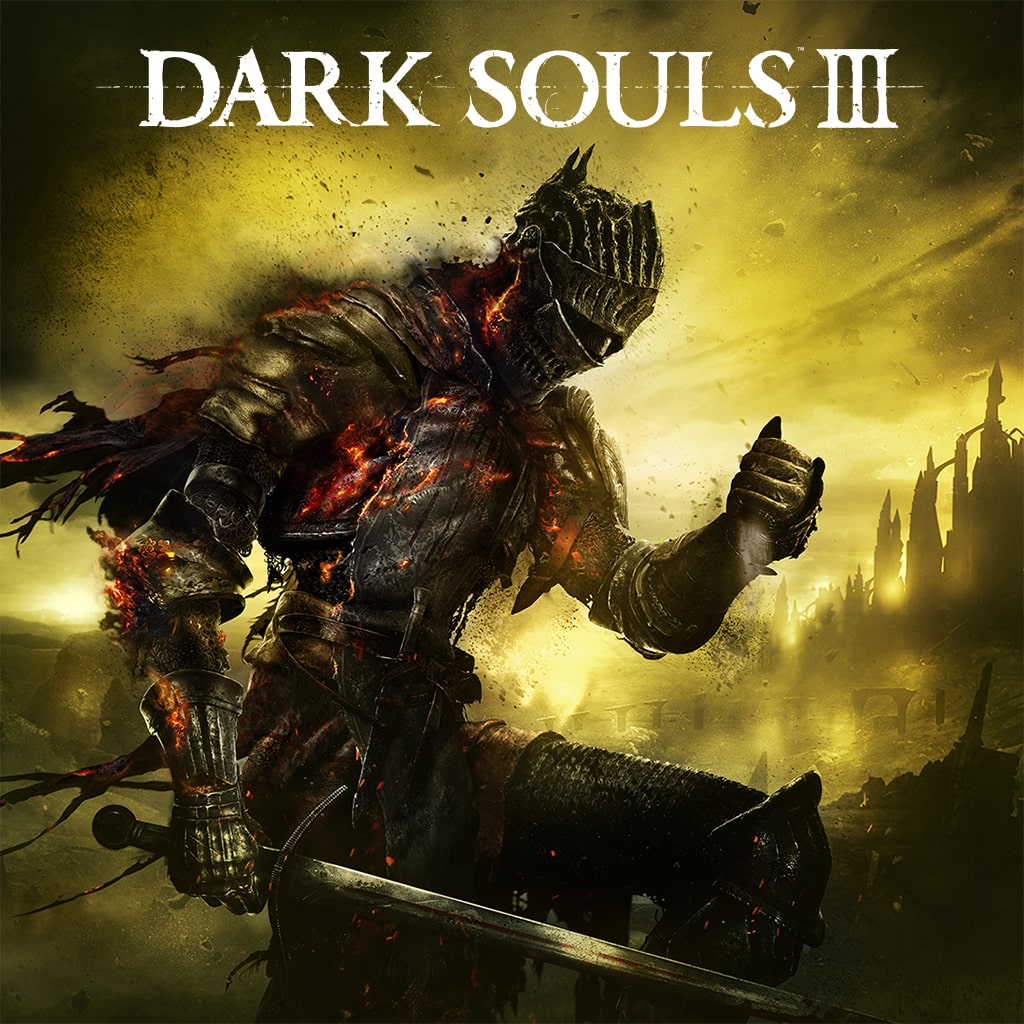Dark Souls
Dark Souls is a game that has captivated gamers worldwide with its challenging gameplay and intricate world design. Known for its punishing difficulty, the Dark Souls series has become a benchmark for hardcore gamers seeking a truly immersive and unforgiving experience. In this article, we will delve into the depths of the Dark Souls universe, exploring its lore, gameplay mechanics, level design, difficulty curve, visuals, sound, community, and legacy.
The Lore of Dark Souls
Dark Souls is set in a dark fantasy world plagued by the Curse of the Undead. Players take on the role of an Undead character who is tasked with ringing the Bells of Awakening and ultimately deciding the fate of the land of Lordran. The game’s lore is rich and intricate, with deep connections between characters, factions, and the world itself.
One of the key characters in Dark Souls is Gwyn, Lord of Cinder, a powerful figure whose actions have had a lasting impact on the game’s world. Other notable characters include Solaire of Astora, a warrior famed for praising the sun, and Artorias the Abysswalker, a legendary knight who succumbed to the darkness.
The lore of Dark Souls is not just background information; it directly influences gameplay. Players can uncover hidden stories by exploring the world and interacting with NPCs, shedding light on the world’s history and the motivations of its inhabitants.
Gameplay Mechanics
Central to the Dark Souls experience is its unique combat system. Combat in Dark Souls is deliberate and methodical, requiring players to carefully time their attacks, blocks, and dodges. The game’s challenging difficulty is closely tied to its combat mechanics, rewarding patience and skillful play.
Character progression in Dark Souls is tied to the acquisition of Souls, the game’s currency. Players can use Souls to level up their character, purchase items, and upgrade weapons and armor. The choice of how to allocate Souls is crucial, as it can significantly impact a player’s effectiveness in combat.
Multiplayer features in Dark Souls add another layer of complexity to the game. Players can engage in cooperative or competitive multiplayer through the use of summon signs, allowing them to assist or invade other players’ worlds. This dynamic multiplayer system enhances the game’s replay value and sense of community.

Level Design
Dark Souls is renowned for its intricate and interconnected world design. Players are encouraged to explore every nook and cranny of the game’s sprawling environments, uncovering hidden areas, secrets, and shortcuts along the way. The non-linear structure of the game allows for a sense of freedom and discovery rarely seen in other titles.
Hidden areas and secrets in Dark Souls are plentiful, rewarding players who are willing to take the time to explore. From hidden items and NPCs to optional bosses and storylines, the game is filled with surprises waiting to be unearthed. These hidden elements add depth to the world of Dark Souls and provide additional challenges for players to overcome.
The level design in Dark Souls has a significant impact on the player experience. From the foreboding corridors of Sen’s Fortress to the majestic halls of Anor Londo, each area in the game is meticulously crafted to evoke a sense of wonder, dread, and excitement. The world of Dark Souls feels cohesive and lived-in, thanks to the attention to detail in its level design.
Difficulty and Learning Curve
Dark Souls is notorious for its steep difficulty curve, punishing players for mistakes and rewarding mastery of its mechanics. The game challenges players to learn from their failures, adapt their strategies, and persevere in the face of adversity. While Dark Souls can be frustrating at times, overcoming its challenges is immensely satisfying.
For new players venturing into the world of Dark Souls, it is essential to approach the game with patience and perseverance. Taking the time to learn enemy patterns, explore the environment, and experiment with different strategies can make a significant difference in one’s success. Embracing failure as a learning opportunity is key to mastering Dark Souls’ difficulty curve.
Strategies for overcoming challenges in Dark Souls vary depending on the player’s preferred playstyle. Whether focusing on melee combat, magic, or a combination of both, adapting to the situation at hand is crucial. Learning to manage stamina, timing dodges, and utilizing the environment to your advantage can tilt the odds in your favor during tough encounters.
Visuals and Sound
The art style of Dark Souls is dark, gritty, and atmospheric, perfectly complementing the game’s dire setting. From the gothic architecture of the Undead Burg to the ethereal beauty of the Crystal Cave, each location in Dark Souls is visually striking and evocative. The intricate design of characters, enemies, and environments adds to the game’s immersive nature.
The soundtrack of Dark Souls is haunting and melancholic, setting the tone for the player’s journey through the game’s world. From somber piano melodies to epic orchestral pieces, the music of Dark Souls enhances the atmosphere and emotional weight of each moment. The ambient sounds of creaking dungeons, echoing footsteps, and distant howls further immerse players in the game’s world.
The combination of visuals and sound in Dark Souls creates a sense of immersion that draws players into the game’s world like few others. The attention to detail in both the visual and auditory aspects of the game contributes to its overall sense of atmosphere and storytelling.
Community and Legacy
Dark Souls has had a significant impact on the gaming industry since its debut, inspiring a new wave of challenging and rewarding games. The dedicated fanbase of Dark Souls continues to support the game through online communities, fan art, cosplay, and more. The shared experience of overcoming the game’s challenges has forged a strong sense of camaraderie among players.
The legacy of Dark Souls extends beyond its initial release, influencing game developers and players alike. The game’s emphasis on skill-based gameplay, exploration, and storytelling has set a new standard for action RPGs. The enduring appeal of Dark Souls lies in its ability to challenge and reward players in equal measure, creating an experience that resonates with gamers around the world.
INTERESTING TIPS TO IMPROVE YOUR GAME
Exploring the Challenging World of Dark Souls
Dark Souls is a game that has captivated gamers worldwide with its challenging gameplay and intricate world design. Known for its punishing difficulty, the Dark Souls series has become a benchmark for hardcore gamers seeking a truly immersive and unforgiving experience. In this article, we will delve into the depths of the Dark Souls universe, exploring its lore, gameplay mechanics, level design, difficulty curve, visuals, sound, community, and legacy. If you are interested in a specific review of Dark Souls, you can find it here.
The Lore of Dark Souls
Dark Souls is set in a dark fantasy world plagued by the Curse of the Undead. Players take on the role of an Undead character who is tasked with ringing the Bells of Awakening and ultimately deciding the fate of the land of Lordran. The game’s lore is rich and intricate, with deep connections between characters, factions, and the world itself.
- Background story of the game: Dark Souls tells the tale of a decaying world on the brink of collapse, where players must navigate through a land fraught with danger and despair.
- Key characters and factions: Characters like Gwyn, Solaire of Astora, and Artorias the Abysswalker play pivotal roles in shaping the events of Dark Souls.
- Influence of lore on gameplay: Understanding the lore can provide players with insights into the world’s history, motivations of characters, and hidden secrets waiting to be uncovered.
Gameplay Mechanics
Central to the Dark Souls experience is its unique combat system. Combat in Dark Souls is deliberate and methodical, requiring players to carefully time their attacks, blocks, and dodges. The game’s challenging difficulty is closely tied to its combat mechanics, rewarding patience and skillful play.
- Combat system: Deliberate and methodical combat requiring precise timing and strategic decision-making.
- Character progression: Acquisition of Souls, the in-game currency, is vital for leveling up, acquiring items, and upgrading equipment.
- Multiplayer features: Cooperative and competitive multiplayer elements enhance replay value and foster a sense of community among players.
Key Tips Table
| Dark Souls Key Tips |
|---|
| Approach combat with patience and precision. |
| Efficiently manage Souls for character progression. |
| Explore thoroughly to uncover hidden areas and secrets. |
| Learn from failures to overcome the steep difficulty curve. |
| Embrace different strategies based on playstyle. |
Level Design
Dark Souls is renowned for its intricate and interconnected world design. Players are encouraged to explore every nook and cranny of the game’s sprawling environments, uncovering hidden areas, secrets, and shortcuts along the way. The non-linear structure of the game allows for a sense of freedom and discovery rarely seen in other titles.
- Exploration and discovery: Encouragement to explore the vast world of Dark Souls to uncover its hidden treasures and lore.
- Hidden areas and secrets: Surprises like hidden items, NPCs, and optional bosses reward diligent exploration.
- Impact on player experience: Meticulously crafted environments evoke a range of emotions, enriching the overall gameplay experience.
Difficulty and Learning Curve
Dark Souls is notorious for its steep difficulty curve, punishing players for mistakes and rewarding mastery of its mechanics. The game challenges players to learn from their failures, adapt their strategies, and persevere in the face of adversity. While Dark Souls can be frustrating at times, overcoming its challenges is immensely satisfying.
- Analysis of game difficulty: A steep learning curve that requires players to develop skills through trial and error.
- Tips for new players: Strategies such as patience, observation, and adaptation can help newcomers navigate the challenges.
- Strategies for overcoming challenges: Adapting playstyle, managing resources effectively, and leveraging the environment for an advantage.
Visuals and Sound
The art style of Dark Souls is dark, gritty, and atmospheric, perfectly complementing the game’s dire setting. From the gothic architecture of the Undead Burg to the ethereal beauty of the Crystal Cave, each location in Dark Souls is visually striking and evocative. The intricate design of characters, enemies, and environments adds to the game’s immersive nature.
- Art style and aesthetics: Dark, gritty visuals that enhance the bleak atmosphere of the game world.
- Soundtrack and ambiance: Haunting music and atmospheric sounds that immerse players in the game’s world.
- Immersion factor: Combined visuals and sound design that draw players into the dark fantasy realm of Dark Souls.
Community and Legacy
Dark Souls has had a significant impact on the gaming industry since its debut, inspiring a new wave of challenging and rewarding games. The dedicated fanbase of Dark Souls continues to support the game through online communities, fan art, cosplay, and more. The shared experience of overcoming the game’s challenges has forged a strong sense of camaraderie among players.
- Impact on gaming industry: Influence on game development and the emergence of challenging game experiences.
- Dedicated fanbase: Engaged community contributing through various forms of creative expression.
- Enduring appeal of Dark Souls: The game’s lasting legacy in challenging gameplay, storytelling, and immersive world-building.




